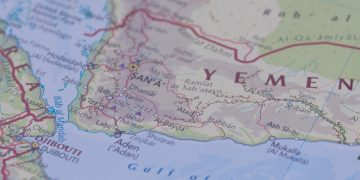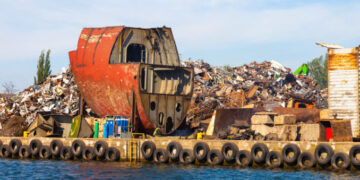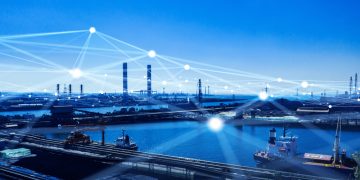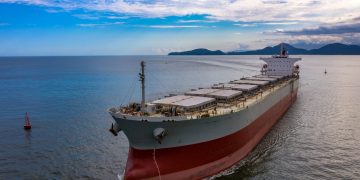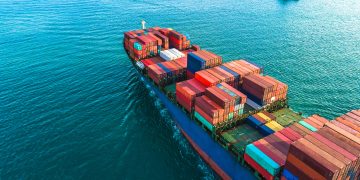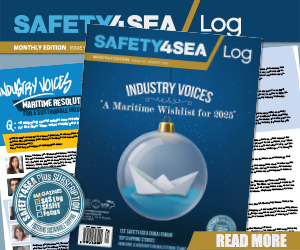Bureau Veritas (BV) has published a report on the subject of wind propulsion, exploring key trends regarding the technology.
BV finds that by the end of July 2024, over 105 wind propulsion systems had already been installed on more than 45 ships globally. This is just the beginning, with forecasts predicting a surge in adoption. The report highlights that up to 30% of the world’s fleet could embrace wind power by 2050. Furthermore, the report finds the following:
#1 Impact of fuel and carbon pricing
Changes in the price of fuel and carbon will likely drive further interest in this freely available energy source. The increasing cost of traditional fuels is expected to make wind propulsion even more attractive to the maritime industry.
#2 Barriers to wind propulsion uptake
Yet, despite this promising progress, the uptake of wind propulsion remains hindered by regulatory barriers, technical challenges, and a lack of confidence among industry stakeholders. These obstacles must be addressed if the shipping industry is to meet the International Maritime Organization’s (IMO) ambitious targets of net-zero emissions by 2050.
#3 Defining efficiency of wind propulsion systems
Defining the efficiency of a wind propulsion system is a complex task, influenced by various factors such as technology type, ship characteristics, operational considerations, and environmental conditions.
#4 Importance of accurate decision-making
Accurate decision-making is crucial for the successful integration of wind propulsion systems in the maritime industry. This calls for careful consideration of ship-specific details, operational profiles, routes, and anticipated weather conditions.
#5 Role of deck space availability
Deck space availability becomes a key factor influencing wind propulsion selection, favoring installation on bulk carriers, cargo ships, tankers, and gas carriers. However, challenges arise for passenger ships and container vessels due to limited deck space.
Key selection considerations
The report finds that selection considerations include factors such as
- weight,
- potential cargo capacity reduction (which is more significant for smaller vessels),
- and the potential need for ship structure reinforcement.
Retrofitting existing ships presents manageable technical and financial challenges, along with concerns related to passenger and crew comfort, safety, vessel stability, and potential obstruction to bridge visibility. The report emphasizes that thorough evaluation and customization are key to successful wind propulsion system integration.
#6 Overcoming short-term obstacles
The potential short-term obstacles need to be recognized, although it is important to emphasize that wider adoption is entirely feasible.
#7 Future fuel-saving requirements
Over time, the requirements for fuel savings are likely to become ever stricter. This underscores the relevance of using renewable energy, reducing system costs, and selecting optimal wind propulsion systems.
During the SAFETY4SEA Hamburg Forum 2024, Gavin Allwright, Secretary General, International Windship Association (IWSA), had noted that the EU has forecasted between 3,700 and 10,700 installations by 2030, although this was forecast before 2018 and the initial IMO decarbonization strategy. The UK government has gone even further, predicting that 40% to 45% of the global fleet will incorporate some form of wind propulsion by 2050.
According to the report, these developments will heighten the need for individualized evaluations and crew training to ensure successful implementation.





